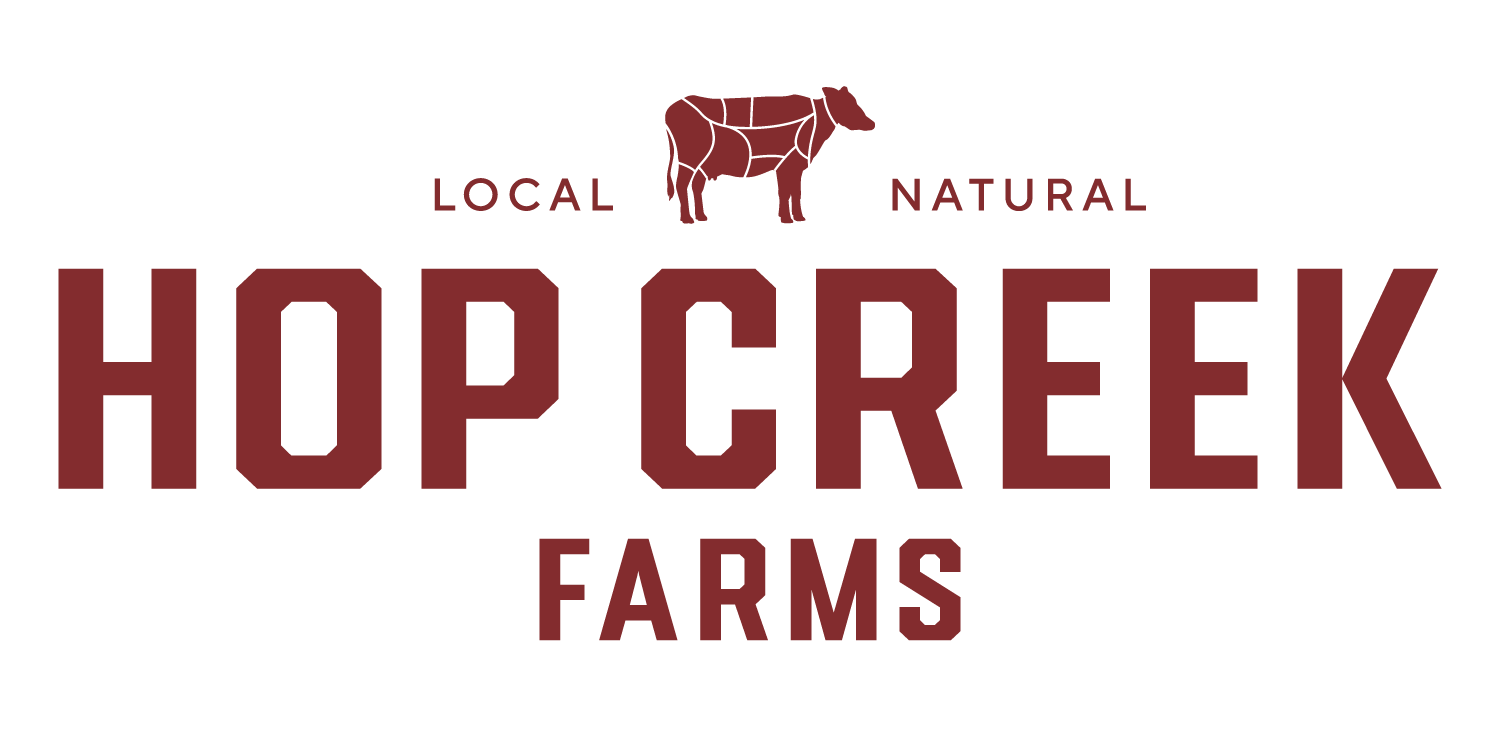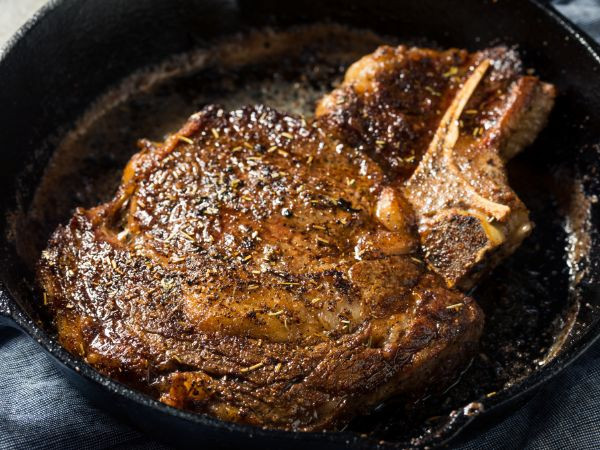Understanding Pork Cuts and How to Cook Them
posted on
July 31, 2023

Let's explore how each pork cut should be prepared properly to ensure it is as delicious and mouthwatering as possible. Grilling up some tasty pork sizzlers, and understanding pork cuts, combined with tips on a proper cooking method, will help make your dishes truly unique!
Overview of Different Types of Pork Cuts
Pork is one of the most widely consumed foods in the world and is enjoyed in various forms. Pork cuts differ in texture, tenderness, and taste, making them versatile for different dishes. One of the most popular cuts is the pork tenderloin, which is lean and less tough. Ham is often smoked or cured, making it a popular choice for holiday feasts.
However, there are so many different pork cuts available on the market: pork belly, pork ribs, pork butt, pork leg, pork chop end cut, pork cutlets, top loin chops, pork knuckles, blade roast, pork chops, and sausages are great options for barbecue and grilling as they are flavorful and enjoyable.
Grab your bib because we will be talking about some delicious pork cuts!
Pork Shoulder
There are several cuts of pork that come from pork shoulder. The pork shoulder ranges from the upper back of the neck all the way down to the start of the front leg, and all the cuts of pork that come from the shoulder of the pig are often used interchangeably in recipes. However, there are some differences between the two cuts of pork that are important to note.
Boston Shoulder Pork Butt
A cut of pork comes from the upper portion of the front blade shoulder of the pig. It is also known as Boston butt, and despite its name, it does not come from the pig's rear end.
This cut of pork is a marbled and flavorful pork cut often used for slow-cooking methods like smoking, roasting, or braising. It has a higher fat content than other pork cuts, making it ideal for low and slow cooking because the fat helps keep the pork delicious and enjoyable.
Prepared properly, this tasty cut of pork can be incredibly delicious and used in various ways. It can be used in many dishes, including pulled pork sandwiches, tacos, stews, chili, and more.
Boston pork shoulder requires a longer cooking time than other cuts of pork. This allows the pork to break down and become tender, producing a juicy and flavorful final product.
Pork Shoulder/Picnic
Also known as pork shoulder arm picnic roast, it is a cut of pork from the pig's lower front shoulder. It is a flavorful and affordable cut of pork that requires slow cooking to get more tender.
It's best to use a slow cooking method like marinating, stewing or roasting to help break down the pork's connective tissue and make it softer. Using a dry rub or marinade before cooking can also enhance the flavour of the pork.
Pork picnic can be used in various dishes, including stews, chilli, and pulled pork sandwiches. It can also be substituted for ham in many recipes.
Pork loin
The upper back portion of the pig is where many different types of pork come from, like pork loin roast, pork chops, back bacon, sirloin roasts, and pork tenderloin.
Pork Tenderloin
Pork tenderloin is a delicious boneless cut of pork loin that's easy to prepare and cook.
Look for pork tenderloin that is pink in colour and fresh that has a thin layer of fat on top. Avoid any pork tenderloin that has a grayish colour or excessive fat.
Pork tenderloin can be seasoned with various spices, herbs, and marinades. Aim for an internal temperature of 145°F when cooking pork tenderloin for the tastiest pork tenderloin.
There are several ways to cook pork tenderloin, including roasting, grilling, and pan-frying. One popular method is to sear the pork tenderloin on all sides in a hot pan, then transfer it to the oven to finish cooking. Another option is to grill the pork loin over medium-high heat, turning it occasionally until it's fully cooked.
Pork tenderloin has cuts that can be served on its own like pork loin fillets and pork loin roasts, or used in various dishes like soup, stir-fries, sandwiches, and tacos. After cooking, let the pork rest for a few minutes before slicing it against the grain.
Pork Ribs
Cooking pork ribs, slow cooking methods like smoking, marinating, or baking at low temperatures are ideal for achieving tender and juicy results. Many cuts of pork ribs may require slightly different cooking times.
Baby Back Ribs:
These small, curved ribs come from the pig's pork loin section. They are meatier and leaner than other types of ribs, making them ideal for grilling or smoking. The 2-2-1 method (2 hours smoked, 2 hours wrapped in foil, and 1 hour unwrapped) is a popular way to cook baby back ribs.
Spare Ribs:
Larger and flatter than baby back ribs, spare ribs come from the lower part of the ribcage. They have more fat and connective tissue, which makes them ideal for slow cooking methods like smoking or braising. The 3-2-1 process (3 hours smoked, 2 hours wrapped in foil, and 1 hour unwrapped) is a popular way to cook spare ribs.
St. Louis Ribs:
Trimmed down to remove excess fat and gristle. They are meatier than baby back ribs and have a more uniform shape, making them easier to cook. The 3-2-1 method also works well for St. Louis ribs.
Country-Style Ribs:
These are not actually ribs but rather a cut of pork from the shoulder area of the pig. They are meaty and tender, with less fat than other types of ribs. They can be cooked using various methods, including grilling, roasting, or braising.
Pork Belly/Bacon
This cut of meat comes from the belly of the pig. It is a fatty and flavorful cut of meat that is popular in many cuisines around the world. Pork belly is often used to make bacon but can also be roasted, braised, or grilled.
When sliced and cured, pork belly becomes bacon, which can be smoked, salted, or flavoured in different ways. However, when cooked as a standalone cut of meat, pork belly has a rich and tender texture, making it a popular menu item in many restaurants.
When preparing pork belly, it's important to note that it contains a significant amount of fat, which means it requires longer cooking times to render the fat and become tender. Slow cooking methods like braising, roasting, or grilling are ideal for achieving tender and flavorful results.
Pork Leg/Ham
A large cut of meat comes from the hind leg of the pig. It is often used to make ham, a cured and smoked pork product.
Prepared in various ways, including roasting, grilling, or braising. When cooked as ham, the portion is typically cured with salt and other spices before being smoked or baked. This process tenderizes the meat and gives it a distinct flavour.
There are two main types of ham: city ham and country ham. City ham is wet-cured and typically milder, while country ham is dry-cured and has a more robust, saltier flavour. Both types of ham can be served as a main course, sliced for sandwiches, or used as an ingredient in soups, stews, and casseroles.
It's important to note that ham can be quite salty due to the curing process. It's essential to soak the ham in water before cooking to remove excess salt and achieve a more balanced flavour.
Pork leg and ham are popular cuts of meat that can be prepared in many different cooking methods, whether you're roasting a pork leg or serving up a delicious slice of ham.
Pastured Pork At Hop Creek Farms
We offer a variety of fresh pork cuts that are perfect for any occasion, whether you're looking to fire up the grill in the summer or cook a slow-roasted dish to warm you up during colder months. Our sustainably and ethically raised meats are sure to exceed your expectations. Please don't hesitate to message us; we'll be delighted to assist you! Check out our online store for our delicious pastured pork!







